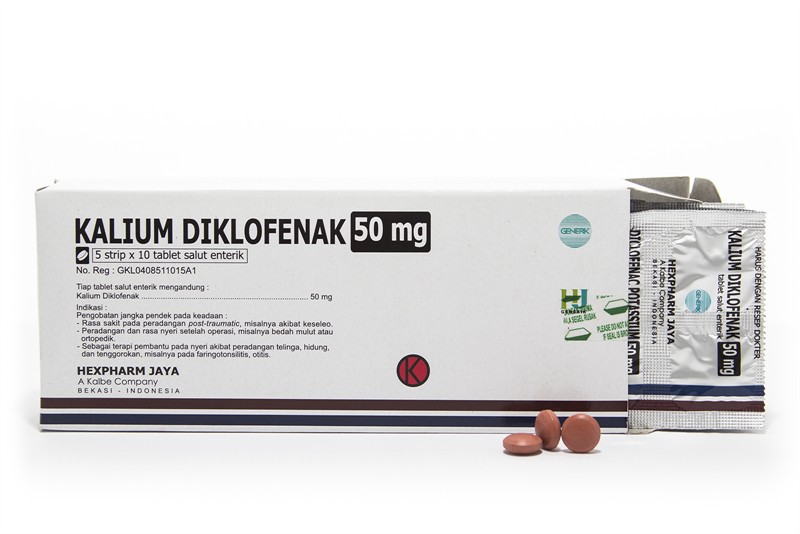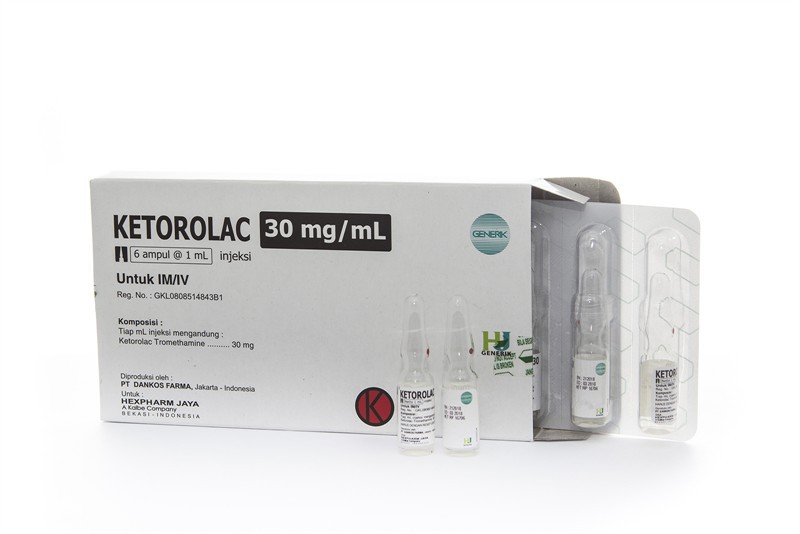
Fractures are one of the most common injuries found in trauma cases. Extremity fractures can cause severe acute pain, requiring optimal pain management and control. Morphine is the gold standard for analgesics to treat pain in fractures. Although effective, morphine can cause unwanted side effects such as sedation, respiratory depression, delayed bone healing, and non-union fractures. Therefore, the use of non-opioid analgesic agents should be considered in pain management for fractures.
Isfahani, et al., conducted a randomized controlled trial in 2024 comparing the effectiveness of morphine, ibuprofen, and a combination of intravenous ibuprofen and acetaminophen in reducing pain in closed fractures. In this study, 158 subjects with trauma were randomized to receive intravenous ibuprofen 800 mg (53 subjects), intravenous ibuprofen 400 mg/acetaminophen 1000 mg (54 subjects), or intravenous morphine sulfate 0.1 mg/kg (51 subjects). The outcome measured in this clinical trial was the reduction in pain scores based on the VAS (visual analog scale) 1 hour after drug administration compared to baseline scores.
The results of this study showed that the morphine sulfate group experienced a greater reduction in pain scores at 5 minutes and 15 minutes after injection compared to the ibuprofen and ibuprofen/acetaminophen groups (p < 0.01). However, 30 minutes after injection, the pain scores in the morphine sulfate group increased again, while the pain scores in the ibuprofen and ibuprofen/paracetamol groups continued to decrease significantly (p < 0.01). One hour after drug administration, pain scores in the morphine sulfate and ibuprofen groups increased significantly again, but the ibuprofen/acetaminophen group continued to experience a decrease in pain scores. At this point, pain scores in the ibuprofen/acetaminophen group were significantly lower than those in the ibuprofen and morphine groups.
The results showed that morphine can reduce pain quickly, but after 15 minutes, the analgesic effect of morphine tends to wear off and pain scores increase again. The maximum effect of ibuprofen is achieved after 30 minutes, and its analgesic effect gradually decreases, causing pain scores to increase again. This was not observed in the ibuprofen/acetaminophen group, where pain reduction continued with an analgesic effect lasting for more than 60 minutes.
Conclusion:
The combination of ibuprofen and acetaminophen is considered optimal for pain therapy because it can reduce pain in a short time with analgesic effects that last longer than morphine.
Image: Illustration
References:
Isfahani MN, Etesami H, Ahmadi O, Masoumi B. Comparing the efficacy of intravenous morphine versus ibuprofen or the combination of ibuprofen and acetaminophen in patients with closed limb fractures: A randomized clinical trial. BMC Emergency Medicine. 2024;24(15): https://doi.org/10.1186/s12873-024-00933-y



